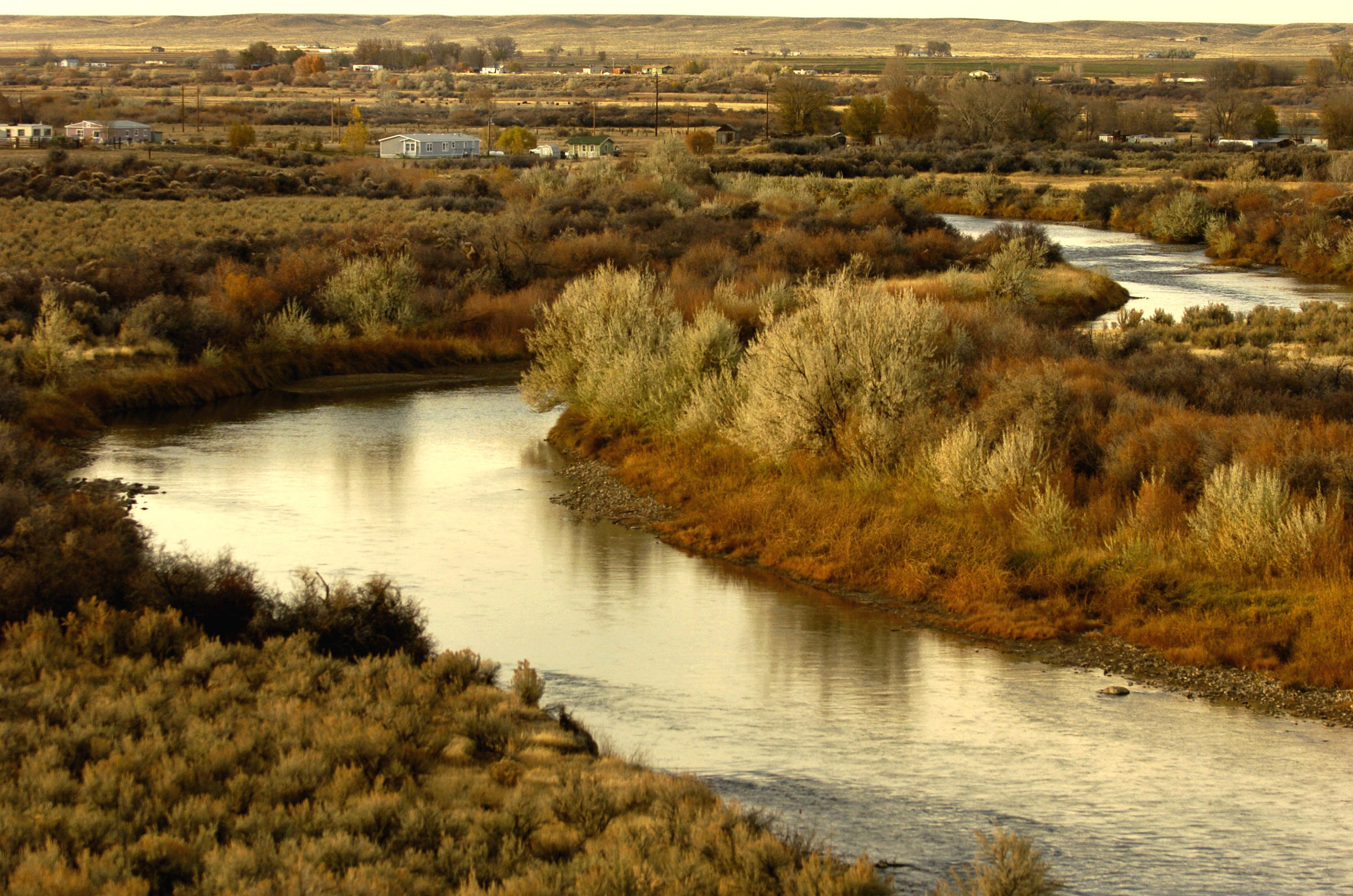

It found that while there was no such correlation in 1990, there certainly was by 2015. Mississippi, Alabama and West Virginia are all among the poorer US states, so the paper also explored whether there was a link between income and obesity. “In one generation, the change has been so dramatic that the obesity rate in any US state in 2015 would have been an extreme outlier in the US in 1990,” the paper notes. By 2015, there were several states – such as Mississippi, Alabama and West Virginia – where the obesity rate was over 35% and no state had an obesity rate of less than 20%. In 1990, about 11% of a typical US state’s population was classified as obese and no state had an adult obesity rate of more than 15%. It is a pretty dense, academic tract but worth a read because the findings are significant.įor a start, the rise in obesity – people with a body mass index of more than 30 – in the US mirrors that of the UK.

The paper, by Alexander Bentley, Paul Ormerod and Damian Ruck, looks at how obesity evolved in the US between 19. Obesity is an economic issue, as a recent academic study published by the magazine Nature shows. It is far more common for people who are obese – in developed countries, at least – to be poor. Johnson is overweight but doesn’t have to count the pennies. Hospitals have been treating plenty of people in a similar condition to the prime minister’s. A report from Public Health England in June found that being obese or excessively overweight increased the chances of death or serious illness from Covid-19. In theory, Johnson ought to have a greater chance of succeeding, because his initiative has been launched during a global pandemic when the potential dangers are glaringly apparent.


 0 kommentar(er)
0 kommentar(er)
